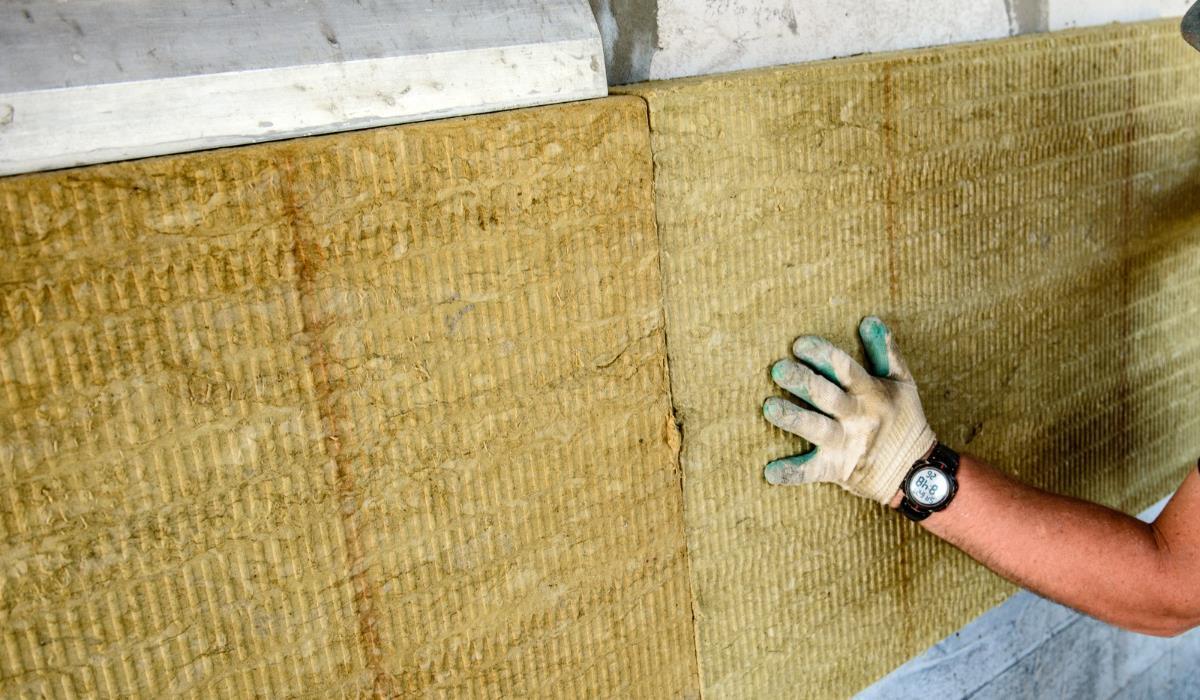When choosing a material for a partition wall, many factors should be taken into account, such as the parameters of a given room, but also the expected weight and construction time of the partition. It is worth paying attention to the different technologies and materials that offer different properties. Among the popular types of partition walls there are, among others, walls made of bricks, cellular concrete, plasterboards and glass blocks.
Partition walls divide rooms into individual parts, but do not carry the weight of the building. Therefore, they do not have to be as massive as structural walls. However, the construction of the partition wall and the choice of the right material are crucial for the proper functioning of the room. The arrangement of partitions is specified in the building design, and any changes at the finishing stage or adding a wall in the building in use require consultation with the designer.
Partition walls and their variants
Brick wall
A brick wall is the most traditional wall erection technology that has many supporters. Depending on the thickness, the partitions have a different ability to suppress noise: from approx. 35 to 47 dB. This is a very important feature, because one of the most important tasks of partition walls is effective soundproofing. The disadvantage of this technology, however, is its heavy weight – 1 m² of a solid brick wall weighs up to 250 kg, which requires appropriate reinforcement of the ceiling or floor screed. Other shortcomings are the long-term implementation, because the binder has to set, and the long drying time of the plaster.
Concrete wall
Aerated concrete wall is one of the cheapest and lightest options. This material is characterized by high resistance to moisture and is easy to process, thanks to which it can be used to build walls of unusual shapes. The disadvantage of this solution is poorer acoustic insulation, but heavier versions of the blocks have better properties in this regard.
Stud wall
A stud wall is a popular way of dividing interiors, which allows for quick and easy construction. The construction consists of steel or wooden profiles, which are filled with mineral wool and covered with plasterboards. Thanks to this, you can quickly finish the walls and get good insulation properties, but you need to remember about poor sound insulation.
Acoustic wall

An acoustic wall is a variant of a stud wall that improves acoustic properties. In this case, wider profiles, greater thickness of mineral wool and double sheathing of plasterboards are used. This solution guarantees better acoustic insulation and greater resistance to mechanical damage.
Glass block wall
A wall made of glass blocks is an interesting solution that allows you to finish and illuminate the interior. Glass blocks are characterized by good acoustic insulation and complete water resistance. The construction of such a wall is relatively simple, and the end result can be very attractive.
Partition walls – summary
The choice of the right material for a partition wall depends on various factors, such as room parameters, weight and construction time of the partition, as well as expected properties, such as sound insulation or aesthetic finish. It is worth paying attention to where we want to put the wall. The purpose of the wall also has a great influence on the decision. Thanks to this, you can choose the right solution that will meet your needs and expectations



